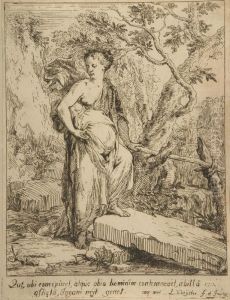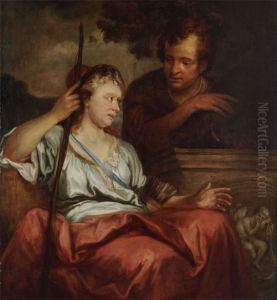Lodewyk De Deyster Paintings
Lodewyk (or Lodewijk) De Deyster was a Flemish Baroque painter, born in 1656 in Bruges, which was then part of the Southern Netherlands. Not much is known about his early life or training, but he is believed to have been a pupil of the painter Erasmus Quellinus II in Antwerp. De Deyster's work primarily consisted of still lifes, genre scenes, and a few portraits.
De Deyster's still lifes often featured musical instruments, a theme that was quite popular in Flemish painting during this period. His compositions were typically rich in detail and demonstrated a strong understanding of texture and material, as seen in the way he rendered the various surfaces of the instruments. He was also known for his genre scenes, which depicted everyday life with a sense of warmth and intimacy.
During his career, De Deyster became a master in the Guild of St. Luke in Bruges and was quite active in the city's artistic community. His works were appreciated for their fine detail and composition, and he attracted a local clientele. Despite his success, De Deyster did not achieve widespread fame, and his works were mostly confined to private collections and local patrons.
Lodewyk De Deyster died in 1711 in his hometown of Bruges. While he may not have enjoyed the same level of recognition as some of his contemporaries, his paintings contribute to the rich tapestry of Flemish Baroque art and provide valuable insights into the cultural interests of the time. Today, his works can be found in various museums and collections, where they are studied for their technical skill and historical context.

